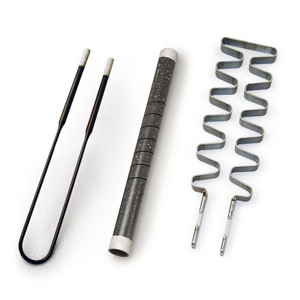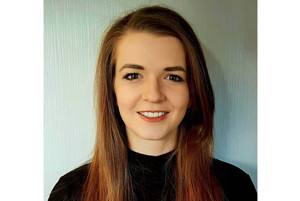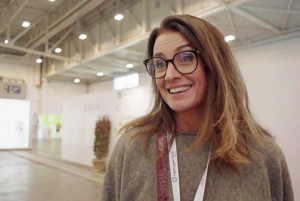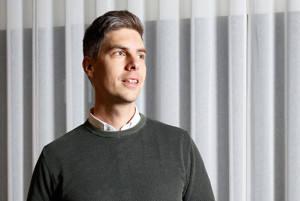Suchen
627 Treffer
627 Treffer für ”alle Seiten” auf der gesamten Webseite
Neuigkeiten
Die neuesten Pressemitteilungen von Kanthal newsDie Geschichte von Kanthal
Kanthal basiert auf der Entwicklung der innovativen Kanthal® FeCrAl-Legierung. Diese veränderte die Art und Weise, wie elektrische Heizungen verwendet werden können. Seitdem haben wir immer wieder neue Materialien und Lösungen für die Beheizung und Wärmebehandlung auf
Elektrische Heizelemente
Kanthal bietet ein breites Sortiment an elektrischen Heizsystemen mit höchster Leistungsdichte und Zuverlässigkeit in Temperaturbereichen von bis zu 1.850°C an. Entdecken Sie unsere MoSi₂-, SiC- und metallischen Elemente für effizientes industrielles Heizen.
Videos
Discover Videos Watch our “How To” video series where we answer frequently asked questions about our materials and heating elements. Get quick, practical insights straight from our experts. videoInspirierende Berichte
Discover Inspiring Stories Explore real-world stories of innovation, sustainability, and problem-solving from across industries. Learn how Kanthal® technologies make a difference and get inspired by the people driving change. Erfolgsgeschichten und inspirierende Einblicke aus der BrancheElektrisches Heizen und seine Auswirkungen auf die moderne Gesellschaft
Modern society relies on electric heating technology, in everything from industrial processes to household appliances. Since 1931, when Kanthal was founded, our products and solutions have made a difference to people, to society and to the world.
Kanthal und das Thema Nachhaltigkeit
In its quest to become a more sustainable company, Kanthal has set itself some ambitious targets that encompasses its customers, employees and suppliers.
There’s nowhere else I would want to go
Want a career and a workplace dominated by great team spirit and a lot of problem-solving tasks? Do like Kanthal process engineers Bryony Harper and Helena Lockie.
Four industry voices about electric heating
Electric heating can have a positive impact on industry’s carbon footprint, according to answers from four industry representatives.
Jesper Ejenstam, Kanthal’s Head of R&D: Don’t underestimate the impact of electric heating
Jesper Ejenstam, Vice President and Head of R&D, Kanthal, about how electric heating supports the industry’s shift towards more sustainable production.